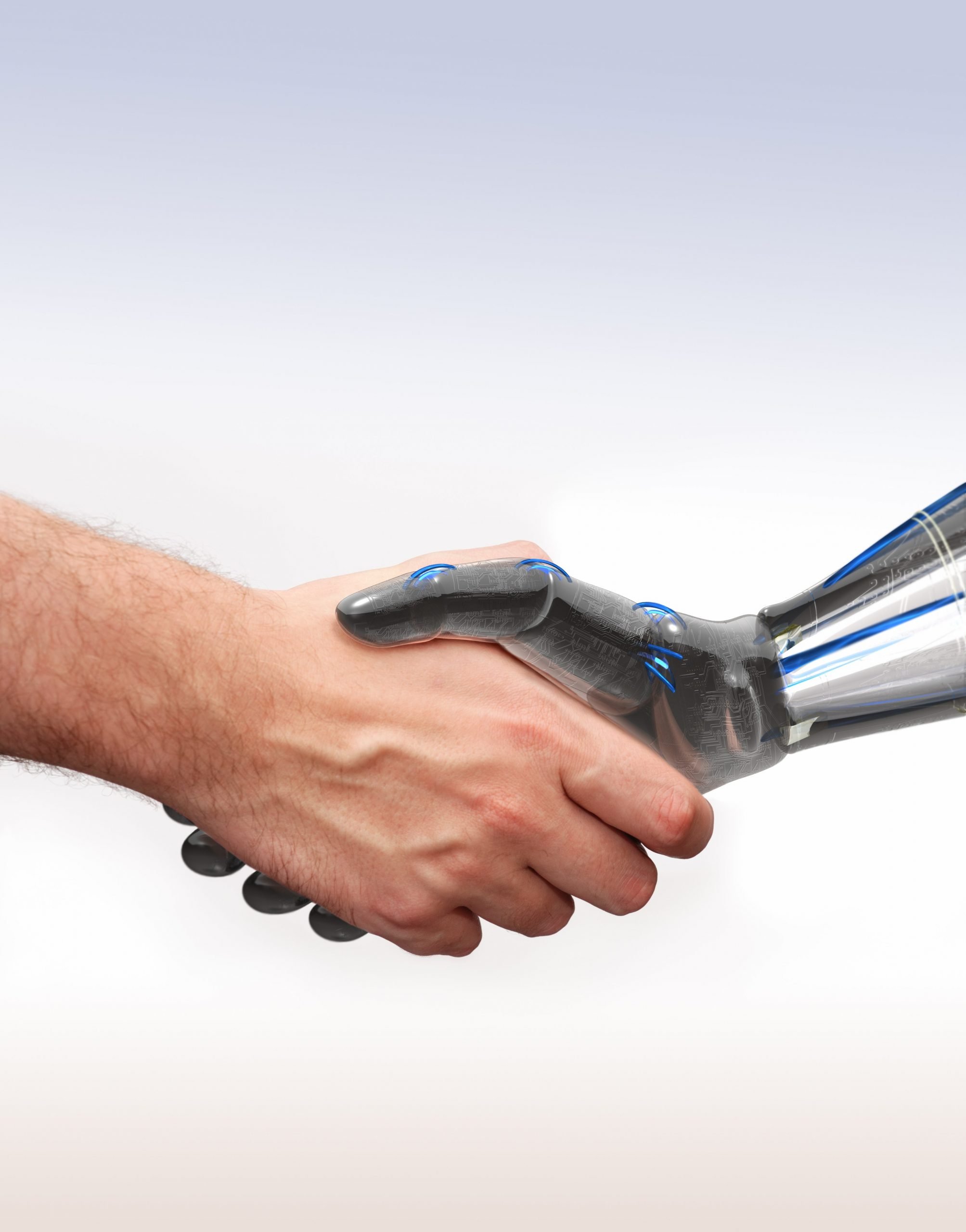
The fact that we will soon be deploying robots for tasks that are too dangerous for humans, or are just uncomfortable, comes as no surprise to anyone. This is already the case in a number of places. Yet there are chores that people prefer to do themselves. Dr. Douwe Dresscher, Dr. Felix Schwenninger, and Dr. Gwenn Englebienne are working on the ”Predictive Avatar Control and Feedback” (PACOF) project on a robot system that gives a robot operator the sensation of being at the robot’s location.
This may resolve the problem that robots built for caregiving tasks are still unable to deal with clients with the same sensitivity as care workers made of flesh and blood. But if you are able to crawl into the skin of one of these avatars, you will feel as if you are actually standing at the bedside of someone in need of care.
The researchers also outline other examples. For instance, in the port of Rotterdam. “The expertise of operators is called for when working with hazardous substances. An avatar like this, for example, allows you to gain the necessary skills for working on an oil tanker without endangering any lives,” Dresscher explains.
Cut off from the outside world
There are certain conditions for their successful implementation. Avatar operators must be completely cut off from the outside world. In addition, they must be given realistic stimuli for creating a virtual world.
“This is not just about the visuals from VR glasses and sound. But also about, for example, smell, temperature, and counter-pressure when you touch something,” says Dresscher. “We want the operator to have the idea of being somewhere else. They need to feel as if the avatar is their own body. Also, the controls must be intuitive and almost identical to the movements that the avatar is supposed to make.”
That last aspect is one of the challenges that the researchers will be working on within the PACOF project. “We can give the robot’s operator a pair of robotic arms of their own. But if they then make a move, it will take a while for the robot to make that movement due to delays in the network,” Dresscher notes. Even if the robot provides the operator with feedback, this is also delayed. This makes it difficult to control such a system and that limits the possibilities.
Let the system predict actions
The time lag can be remedied by letting the robot predict what the operator will do next. By modeling the robot in this manner, it is capablee of making the movement before it even receives it from the operator. “On the other hand, we are also going to try to predict how the robot’s environment will react. We will use this in the feedback to the operator so that they won’t notice the delay. This also means that we have to figure out what happens if the robot makes an incorrect prediction. How will the robot solve this and what kind of feedback does the operator receive?” Dressche wonders.
Several faculty disciplines are working together in this four-year project, These include mathematics, computer science and sensor networks. Dresscher is busy with the connection between operator and avatar, Schwenninger is focusing on the mathematical models and Englebienne is researching the predictive behavior of the operator.







